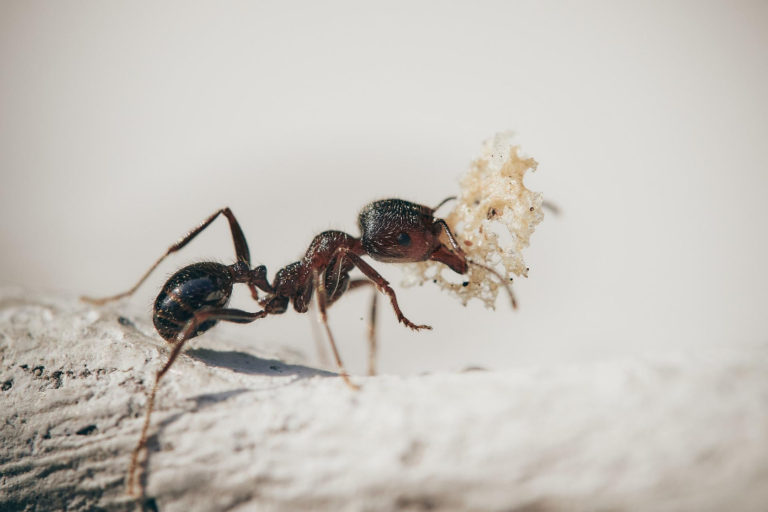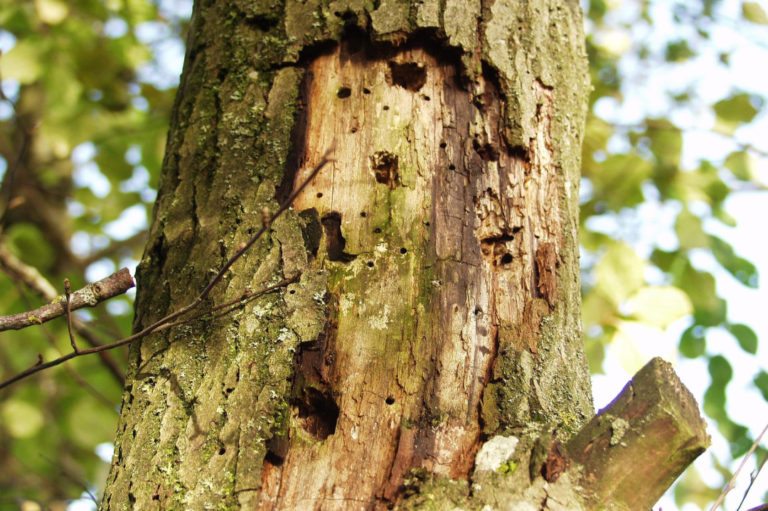
This inspection will cover all wood destroying organisms.
Wood Destroying Organisms (WDO) covers anything that destroys wood. Many insects and various types of fungus will cause wood decay. Common examples of Wood destroying insects are carpenter ants and bees, subterranean termites, and various types of Beetles.
Fungi
Some fungi can cause wood decay, mold, and most sapwood stains. Fungi are colorless microscopic plants that produce threads called hyphae and fruiting bodies. Large numbers of hyphae produce tangled webs called mycelia. Some fruiting bodies, which usually are easy to see (deadwood conks, mushrooms), produce and release seed-like reproductive spores.
Shed spores are carried away by wind or water. They can infect moist wood during storage, processing, or use. Fruiting bodies often are the only indication that a fungus is present.

Mold can breakdown structures over time if left unchecked.
In order to survive, fungi require food in the form of cellulose, hemicellulose or lignin. Chemically treated wood is not a food source. Fungi thrives at an optimum temperature of 70 degrees Fahrenheit. Generally wood below 35°F or above 100°F is safe from decay.
Different types of wood destroying fungi are white rot, brown rot, and soft rot. Some examples of damage caused by wood destroying fungi are decomposing wood studs, framing, floor joists, sub-floors, mudsills, and attic members.
Wood Destroying Insects
Wood destroying insects can be divided into four general categories:
- Carpenter Ants
- Termites
- Bark Beetles and Woodborers
- Powderpost Beetles

Carpenter ants build galleries of nests inside dead, damp wood. They commonly infest wooden buildings and structures, and are a widespread nuisance and major cause of structural damage.
Unlike termites, they do not consume the wood.

Termites feed on the cellulose of moist, damp wood and create mud tubes for survival. Termites damage wood by hollowing it out along the grain, often times leaving no indication of an infestation.

Bark Beetles are a large group of insects that live under the bark of trees. Many of these species are capable of killing a healthy tree. However, the most common appearance of Bark Beetles occurs after a fire.
Most wood borer beetles belong to one of two beetle families: the longhorn beetles (round headed borers), and the metallic wood boring beetles (flat headed borers).

Powderpost Beetles are considered pests and attack deciduous trees, over time reducing the wood to a powdery dust. Wood preservatives can be used to prevent beetle infestation especially among common items such as wooden tools or tool handles, frames, furniture, gun stocks, flooring, and structural timber.
Book your inspection today
This is an exciting time! We are honored to help you take the next step in purchasing you home.
We are here to help you 7 days a week and respond within 24 hours.
Step 1
Fill out our contact form, call or email us directly
Step 2
Let us know what you’re looking for. We will select the best service to suit your needs and schedule an appointment.
Step 3
Join us for your home inspection
Phone:
1 716 982 7253
Email:
peektopeakhomeinspections@gmail.com
